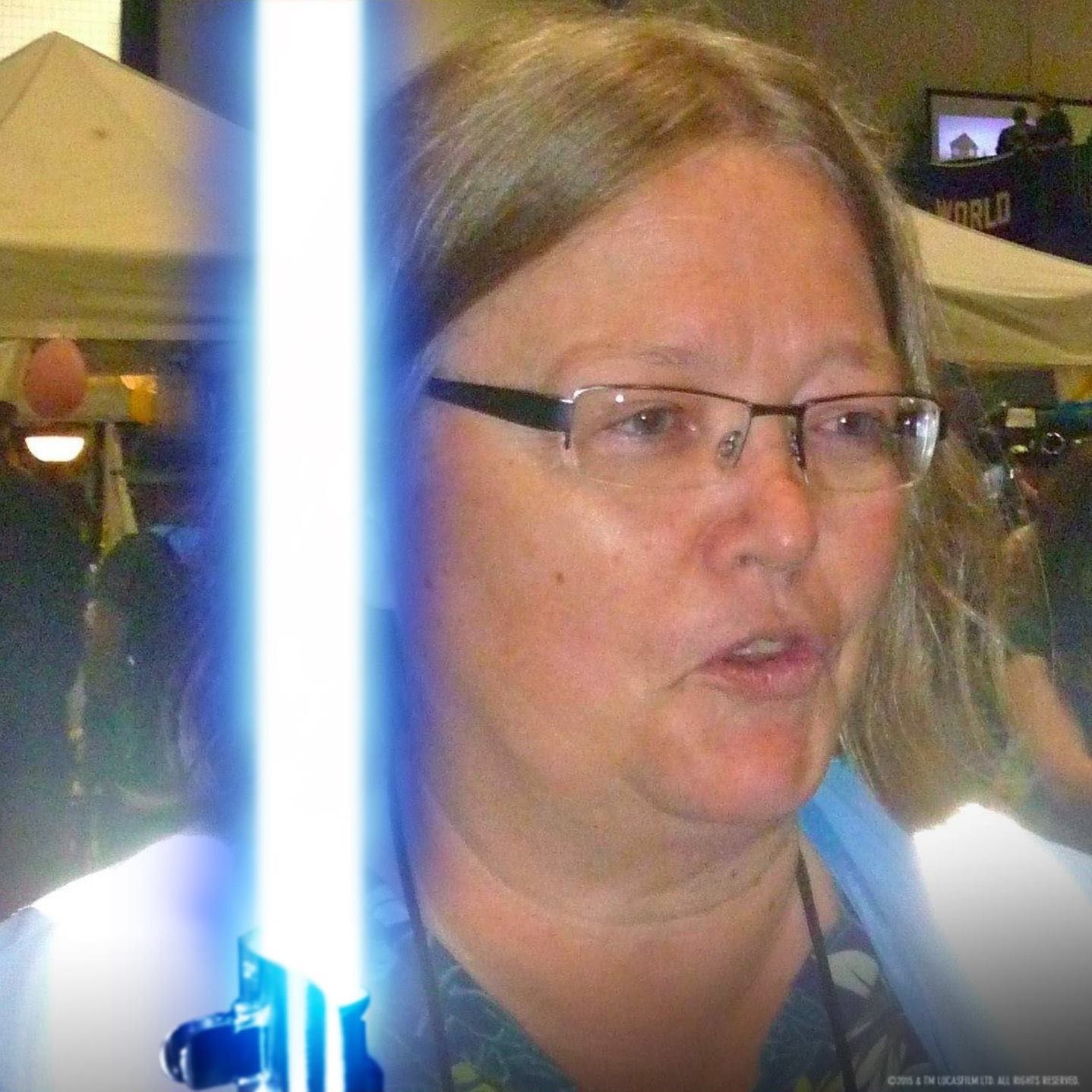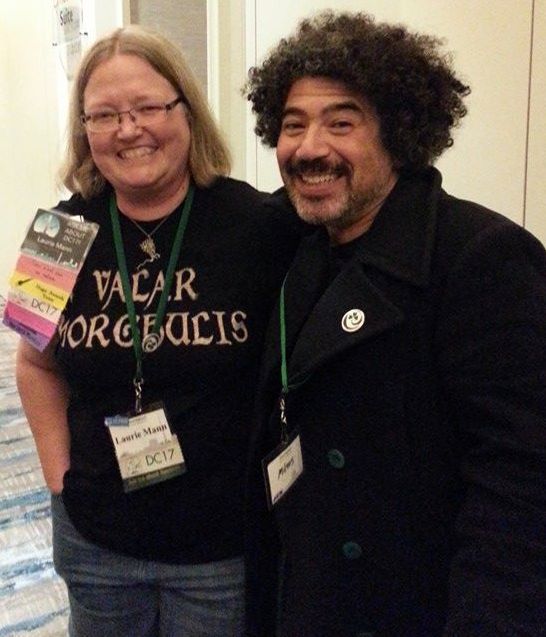Steve Jobs & the NeXT Big Thing
© 1993 Laurie D. T. Mann
(Randall E. Stross, Atheneum, 1993, $24.00)
As histories are written about the births, lives, and deaths of computer companies during the early
computer age, one of the most interesting stories could be the short life of NeXT Computers. This
company had it all: plenty of capital, experienced engineers, good ideas and an enigmatic leader. NeXT
should be a household word, the way Apple or Microsoft is.
But you haven't heart of NeXT? Haven't even seen a NeXT? If you went to desktop publishing shows
between 1988 and 1991, then you saw the distinctive NeXT gray scale monitors (though they were less in
evidence by 1992, and had almost disappeared by 1993). If you ever saw Paula Abdul's 1989 video "The
Way That You Love Me," then you've seen the black NeXT cube.
Due to reasons thoroughly explored by Randall E. Stross in Steve Jobs & the NeXT Big
Thing, NeXT Computers never developed its market potential. Stross weaves a tale of how other
computers with much less going for them succeeded magnificently when NeXT failed. Stross builds a
case for NeXT's failure against NeXT's founder, Steve Jobs.
Jobs was one of the wunderkind founders of Apple Computer in the late '70s. By 1985, Jobs was only
30 and out of a job at Apple after loosing one too many battles to its then CEO, John Sculley. Job decided
to liquidate all his Apple stock and use seven million dollars of it to start a new computer company, NeXT
Inc. He wanted to recreate the success that Apple had, but he wanted to do it his way.
In founding NeXT, Jobs spent money very freely. Too freely. When most start-up companies are
frugal, Jobs spent millions on setting up his headquarters and $100,000 for the design of the NeXT logo
alone. When most start-ups manage people as competent adults, Jobs micro-managed and routinely
publicly humiliated most of his employees. When many managers understand the need to listen to
potential customers about their needs and wants in a product, Jobs chose to ignore everything that
everyone told him. Jobs had a vision and mere marketplace realities were not going to disturb that vision.
Jobs' vision for the NeXT computer was that of a "mainframe on a desk." His original design was for
a workstation that college students would buy. The workstation would look different. The workstation
would use the newest technology, including an optical disk drive instead of the traditional floppy disk
drive.
But a visionary needs capital, and Jobs did not want to use more than a few million of his own money.
A few investors took an interest in his ideas, including Ross Perot who poured tens of millions of dollars
into NeXT. Stanford and Carnegie-Mellon each invested over a half-million dollars - Dean Pat Crecine of CMU was an early NeXT board member. The largest single investor was Canon, the Japanese printer company investing up to one hundred million dollars.
Despite all the capital investments and despite the potential of the NeXT computer, the system was "yesterday's technology tomorrow for twice the price." It was too expensive for the college market, priced at about $4,000 a cube. When NeXT entered the commercial market in 1989, many companies felt the investment in NeXT equipment was too risky. NeXT workstations, competing in the workstation marketplace against the very fast and cheaper Sun SPARCstations, did not fare well.
After several years of struggles and layoffs, NeXT finally announced in early 1993 that it was getting out of the hardware business, and would only sell its proprietary NeXTSTEP operating system.
While Stross's book is interesting, I found the most engaging chapter to be the chapter on Sun
Microsystems, NeXT's biggest competitor. Jobs is portrayed as so egotistical and so unyielding that parts of the book were literally hard to read. But the book is very useful as a cautionary tale for entrepreneurs who are convinced that "If I build it, they will come."
2015: Reviewed the movie Steve Jobs
Document: Steve Jobs & the NeXT Big Thing
Web URL: http://dpsinfo.com/essays/next.html
Updated: 03/21/2019 01:51:27 |
|  |
dpsinfo.com Site Map * * To Top of Page





